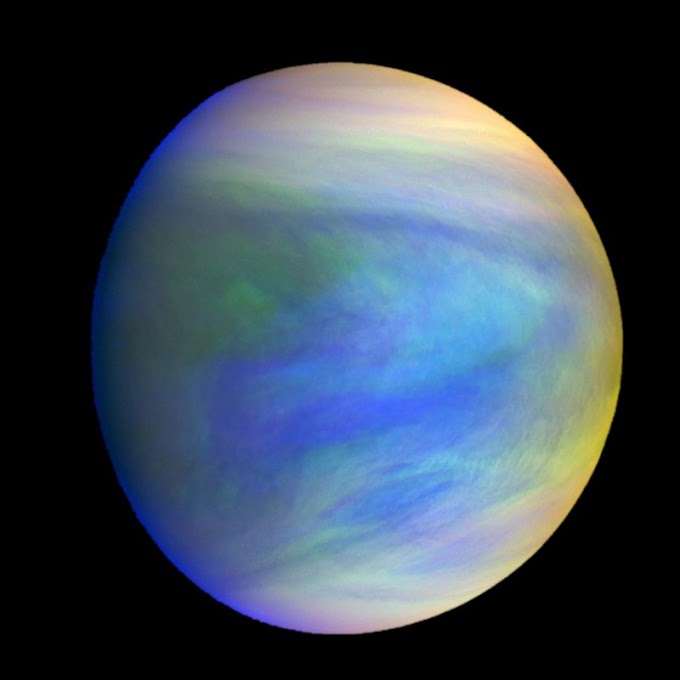The X-37B is about 5-m (17-ft) diameter short payload fairing. The 5-m PLF is a sandwich composite structure made with a vented aluminium-honeycomb core and graphite-epoxy face sheets. The bisector (two-piece shell) PLF encapsulates both the Centaur and the X-37B. The vehicle’s height with the 5-m short PLF is approximately 60 m (197 ft).
Centaur
The Centaur second stage is 3 m (10 ft) in diameter and 12.6 m (41.5 ft) in length. Its propellant tanks are pressure-stabilized and constructed of corrosion-resistant stainless steel. Centaur is a cryogenic the vehicle, fueled with liquid hydrogen and liquid oxygen, powered by an RL10C-1 engine producing 10,387.3 kg (22,900 lb) of thrust. The cryogenic tanks are insulated with a combination of helium-purged blankets, radiation shields and spray-on foam insulation (SOFI). The Centaur forward adapter (CFA) provides structural mountings for the fault-tolerant avionics system and structural and
electrical interfaces with the spacecraft.
Booster
The booster is 3.8 m (12.5 ft) in diameter and 32.5 m (106.5 ft) in length. The booster’s tanks are structurally rigid and constructed of isogrid aluminium barrels, spun-formed aluminium domes and intertank skirts. Booster propulsion is provided by the RD-180 engine system (a single engine with two thrust chambers). The RD-180 burns RP-1 (Rocket Propellant-1 or highly purified kerosene) and liquid oxygen and delivers 3.83 mega-Newtons (860,200 lb) of thrust at sea level. The Centaur avionics system, provides guidance, flight control and vehicle sequencing functions during the booster and Centaur phases of flight.
Credits - ULALaunch
Space Launch Complex-37
Space Launch Complex-37, the East Coast home of the Delta IV Heavy rocket at Cape Canaveral Air Force Station in Florida, is a classic launch pad design with a Fixed Umbilical Tower (FUT) and a Mobile Service Tower (MST). The core stages of the rocket are assembled in the nearby Horizontal Integration Facility, then rolled to the pad for attachment of the payload, final testing and the countdown. The mobile gantry is retracted to unveil the rocket several hours before liftoff.
Also Read: Ariane 5 rocket
DELTA IV HEAVY TO LAUNCH NROL-44
• Rocket: Delta IV Heavy
• Mission: NROL-44
• Launch Date: Aug. 26, with a launch period of 1:50 to 6:25 a.m. EDT
• Launch Location: Space Launch Complex-37, Cape Canaveral Air Force Station, Florida








0 Comments